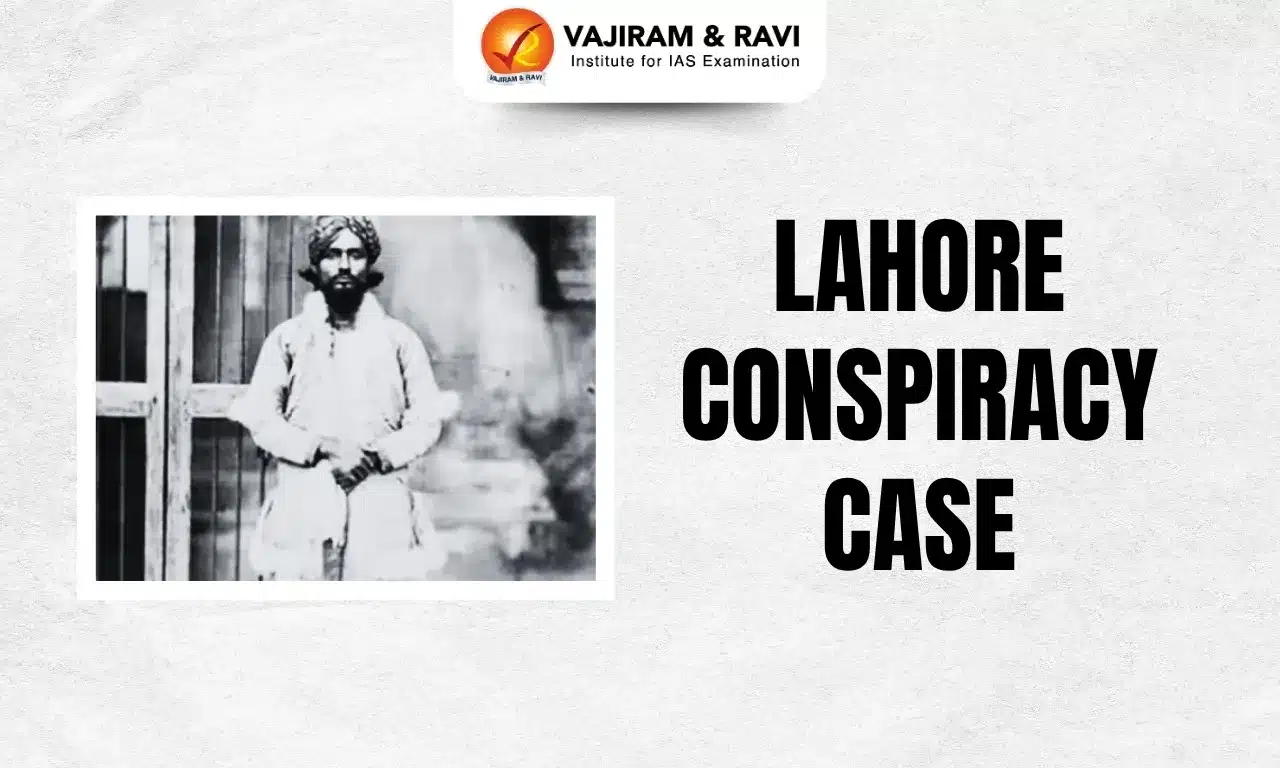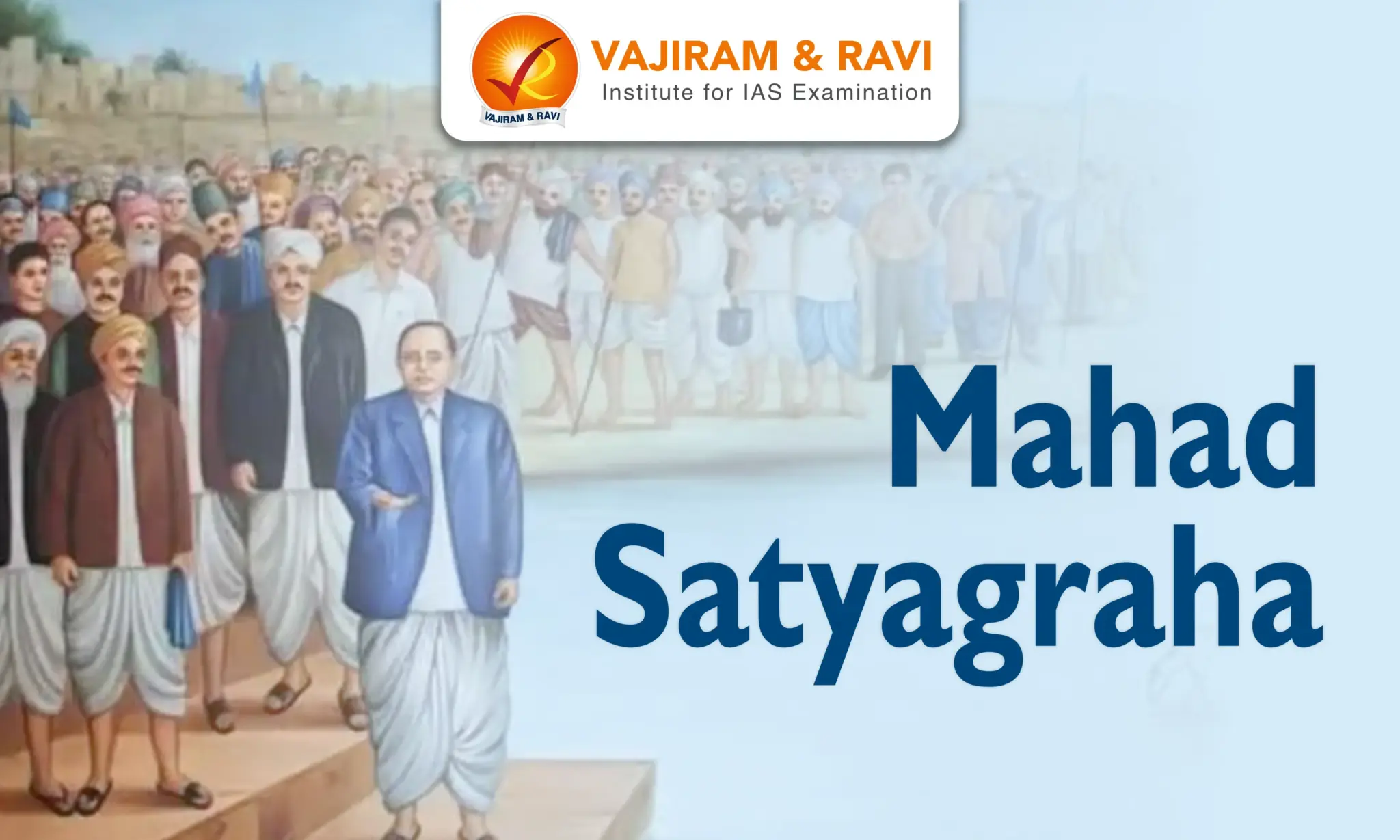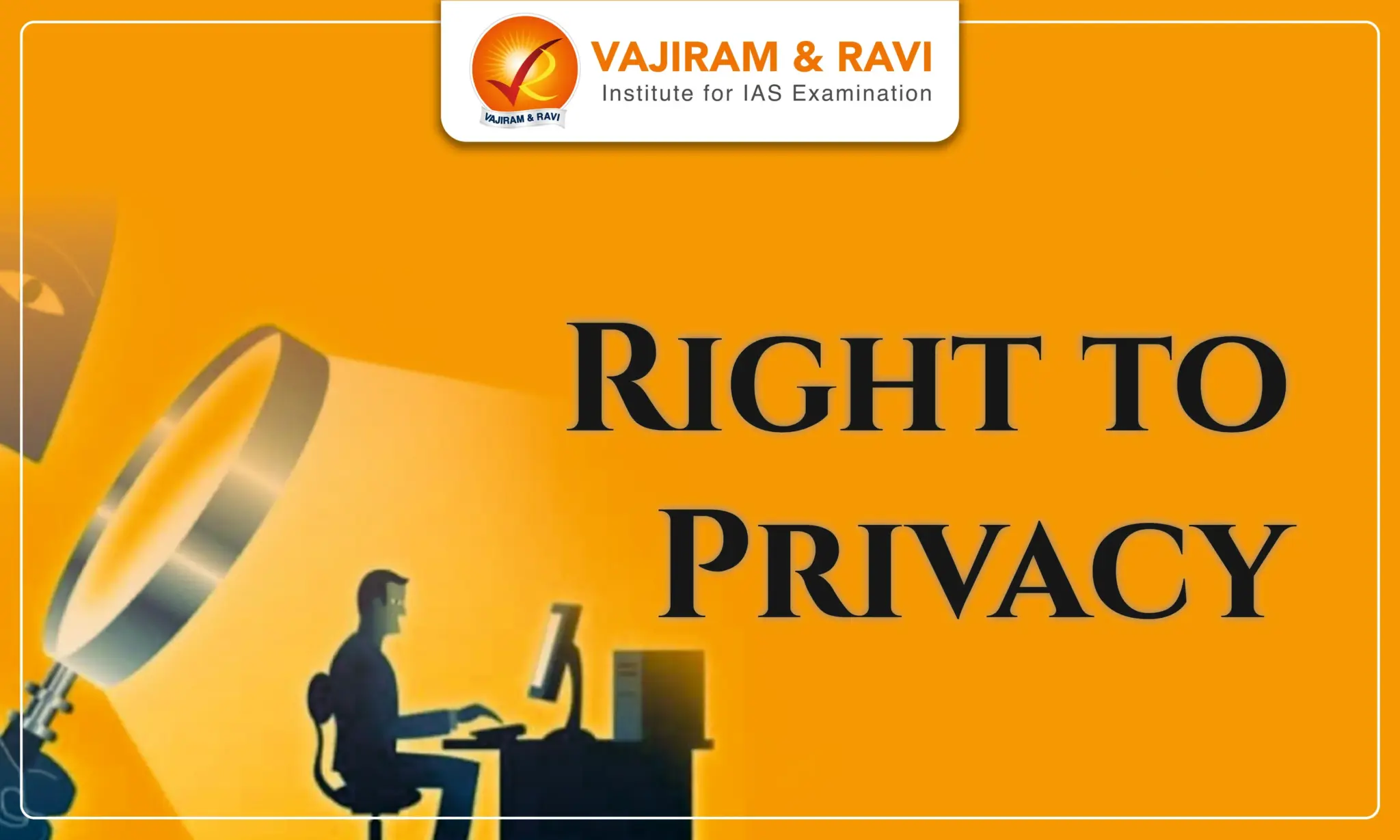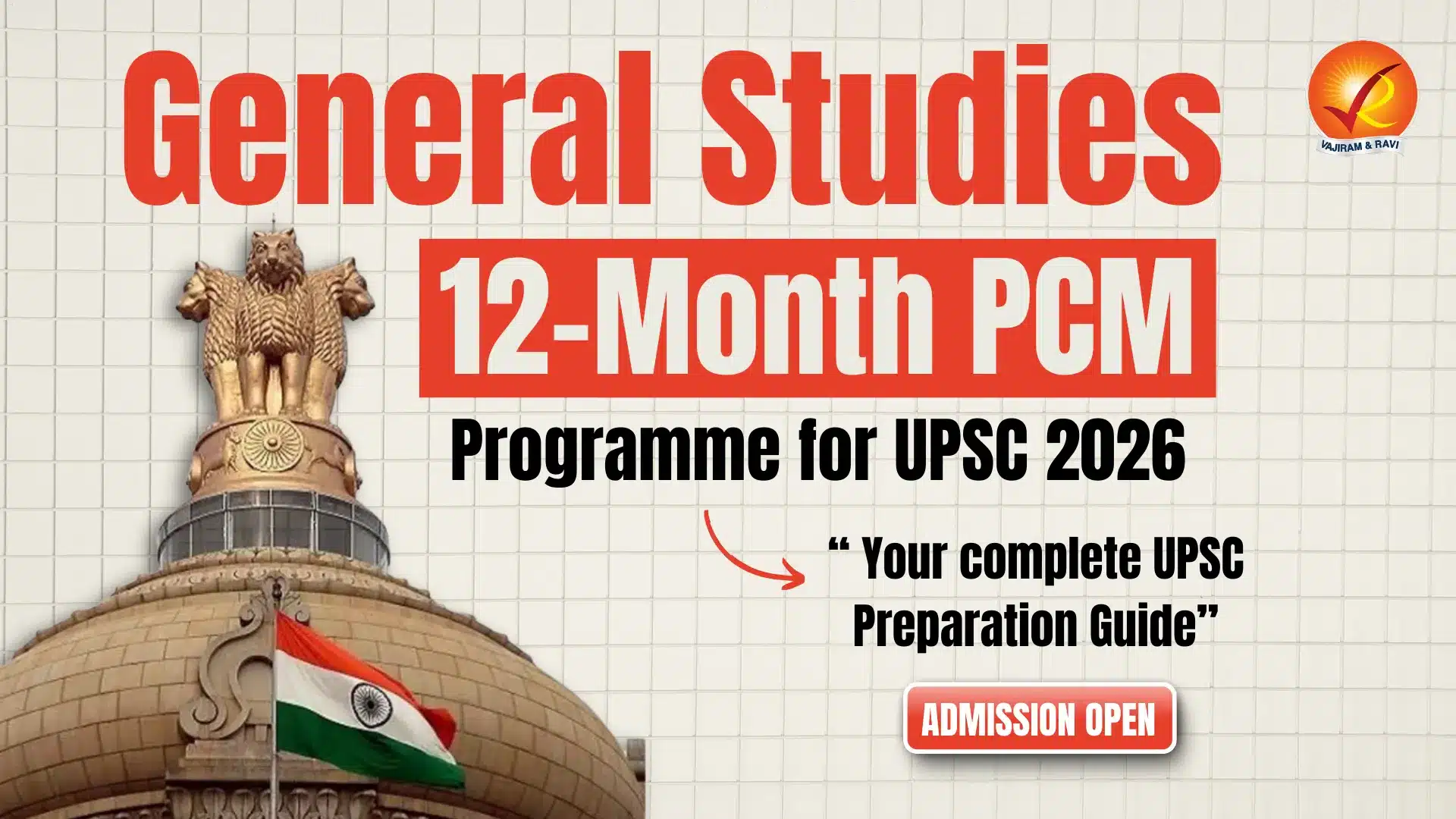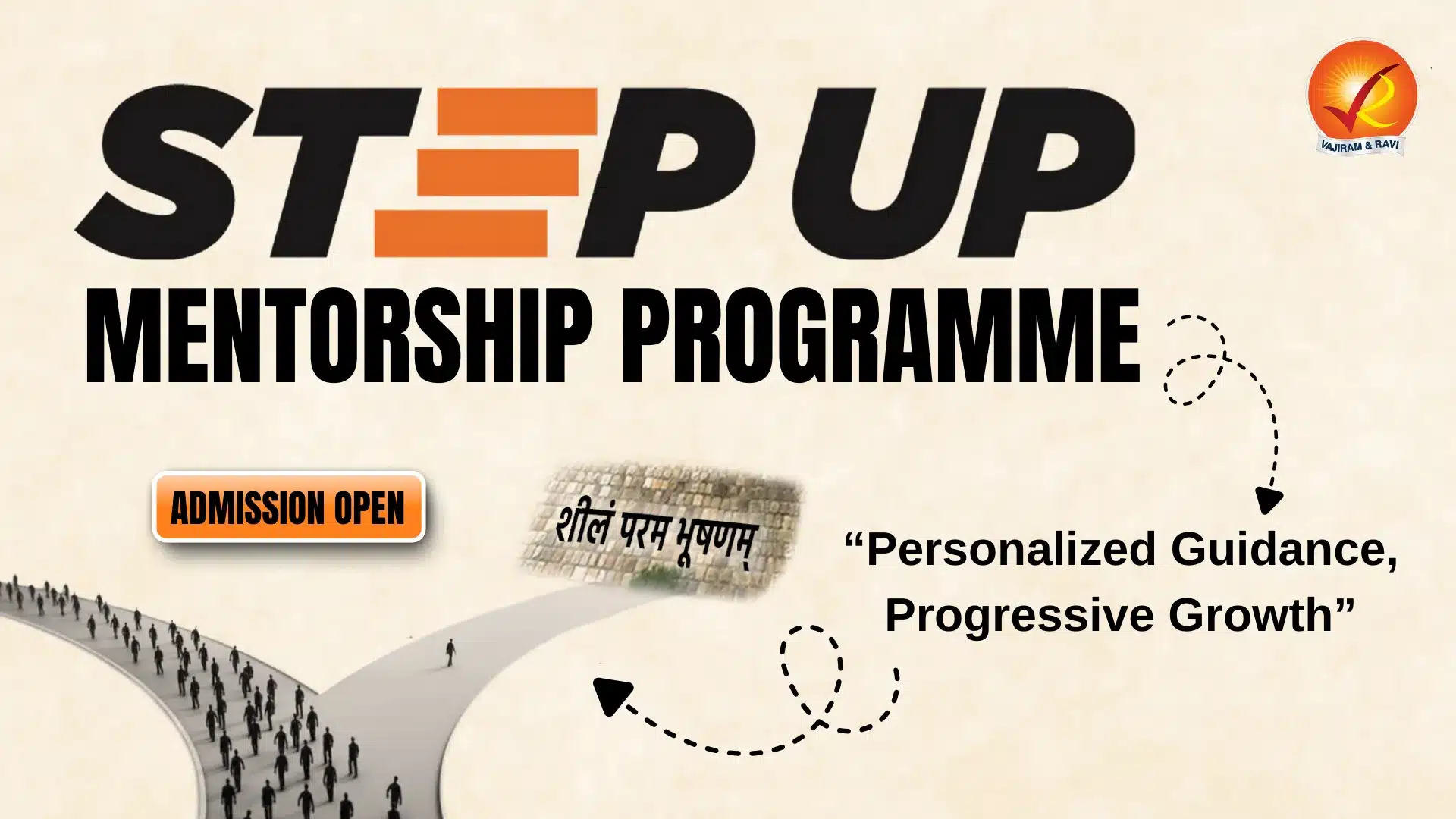The Lahore Conspiracy Case was a significant event in India's freedom struggle, involving Bhagat Singh and his revolutionary comrades from the Hindustan Socialist Republican Association. Following the killing of British officer J.P. Saunders in retaliation for the death of Lala Lajpat Rai, Bhagat Singh and associates were arrested, igniting widespread protests against British rule.
During the trial, Bhagat Singh and his comrades undertook a hunger strike to demand recognition as political prisoners. Although the Lahore Conspiracy Case trial resulted in the execution of Bhagat Singh, Rajguru, and Sukhdev, it emerged as a potent symbol of resistance against British rule.
About Lahore Conspiracy Case
At the heart of the Lahore Conspiracy Case trial were revolutionaries including Bhagat Singh and other members of the Hindustan Socialist Republican Association (HSRA). The trial focused on their bombing of the Central Legislative Assembly, which aimed to send a strong message of defiance against colonial exploitation without causing harm.
- Bhagat Singh was later charged with the murder of John Saunders, a police officer, in addition to the Assembly bombing charges.
- The Lahore Conspiracy Case trial began in June 1930and concluded in October 1930, resulting in death sentences for Bhagat Singh, Sukhdev, and Rajguru, while others received prison terms. The trial and subsequent executions sparked outrage and protests across India.
Lahore Conspiracy Case Background
The Lahore Conspiracy Case emerged against the backdrop of rising revolutionary sentiments in early 20th century India, driven by widespread discontent with British rule and significant events leading up to the case.
- Repressive Measures: Following the First World War, the British government implemented harsh measures against revolutionaries, leading to widespread imprisonment.
- General Amnesty: In early 1920, a general amnesty was announced, releasing several political prisoners to create a conducive environment for the Montford Reforms.
- Impact of the Non-Cooperation Movement: Gandhi's Non-Cooperation Movement attracted young revolutionaries, but its abrupt withdrawal led to disillusionment and a shift towards more radical approaches.
- Rise of Communist Ideologies: The emergence of communist groups, emphasizing Marxism, socialism, and the proletariat.
- Rise of working-class trade unions: The rise of working-class trade unions after the First World War inspired revolutionaries to harness their potential for the nationalist movement.
- Resurgence of Revolutionary Activity: Disillusioned with non-violent strategies, leaders like Bhagat Singh, Sukhdev, and Chandrasekhar Azad began advocating for violent methods to achieve independence.
Lahore Conspiracy Case Events
The Lahore Conspiracy Case was not a singular event but part of a series of actions and reactions that deeply influenced India's struggle for independence. The trial occurred during a time of widespread unrest across the country, as the demand for freedom from British rule intensified. The Lahore Conspiracy Case primarily focused on the events surrounding the bombing of the Central Legislative Assembly in Delhi, which are as follows:
- Central Legislative Assembly Bombing (1929): On April 8, 1929, Bhagat Singh and Batukeshwar Dutt bombed the Central Legislative Assembly to protest British repressive policies. Their goal was to gain attention, not cause casualties. They stayed to be arrested, furthering their cause.
- HSRA Bomb-Making Facilities: The HSRA set up secret bomb-making workshops in Lahore and Saharanpur for the bombing. On April 15, 1929, British authorities discovered these facilities, leading to arrests of key members and crippling the organization.
- Bhagat Singh and Saunders: During the bombing investigation, Bhagat Singh was linked to the murder of police officer John Saunders on December 17, 1928. Singh and associates mistakenly killed Saunders while attempting to assassinate Superintendent James Scott, responsible for Lala Lajpat Rai's death.
Lahore Conspiracy Case Trial
The 1915 Lahore Conspiracy Case involved trials related to the Ghadar conspiracy, held in Lahore and the U.S. from April to September under a special tribunal established by the Defence of India Act. Of the 291 convicted, 42 were executed, 114 received life sentences, 93 got various prison terms, and 42 were acquitted. Kartar Singh Sarabha was executed for his role in the conspiracy.
- Lahore Conspiracy Case Trial: The trials for the Lahore Conspiracy Case attracted significant public attention and faced criticism, with allegations of being politically motivated and lacking due process.
- Lahore Conspiracy Case (1929-1930): The trial for the Lahore Conspiracy Case began in June 1930 and concluded in October 1930. Bhagat Singh, Sukhdev, and Rajguru were charged for their roles in the bombing and Saunders' murder.
- The court convicted them and sentenced them to death by hanging. Other individuals received varying prison terms.
- Aftermath and Execution: The death sentences sparked widespread protests across India. Bhagat Singh, Sukhdev, and Rajguru were executed on March 23, 1931.
Lahore Conspiracy Case Impacts
The Lahore Conspiracy Case was more than just a trial; it was a turning point in India's struggle for independence. While it brought the brutality of British rule into sharp focus, it also highlighted the diversity of approaches to achieving freedom within the Indian nationalist movement.
- Martyrdom and Public Outrage: The trial concluded with the execution of Bhagat Singh, Sukhdev, and Rajguru on March 23, 1931, and solidified their image as martyrs in the eyes of many Indians.
- This sentiment was echoed in newspapers like The New York Times, which reported the widespread mourning and protests across India.
- Fueling the Indian National Movement: The incident provided momentum to the movement, pushing for complete independence rather than dominion status under British rule
- Ideological Debates: The Lahore Conspiracy case sparked internal debates within the movement. While figures like Mahatma Gandhi condemned the bombing and advocated for non-violent resistance, many, particularly young Indians, found inspiration in Bhagat Singh and the HSRA’s more radical and revolutionary methods.
Last updated on December, 2025
→ Check out the latest UPSC Syllabus 2026 here.
→ Join Vajiram & Ravi’s Interview Guidance Programme for expert help to crack your final UPSC stage.
→ UPSC Mains Result 2025 is now out.
→ UPSC Notification 2026 is scheduled to be released on January 14, 2026.
→ UPSC Calendar 2026 is released on 15th May, 2025.
→ The UPSC Vacancy 2025 were released 1129, out of which 979 were for UPSC CSE and remaining 150 are for UPSC IFoS.
→ UPSC Prelims 2026 will be conducted on 24th May, 2026 & UPSC Mains 2026 will be conducted on 21st August 2026.
→ The UPSC Selection Process is of 3 stages-Prelims, Mains and Interview.
→ UPSC Result 2024 is released with latest UPSC Marksheet 2024. Check Now!
→ UPSC Prelims Result 2025 is out now for the CSE held on 25 May 2025.
→ UPSC Toppers List 2024 is released now. Shakti Dubey is UPSC AIR 1 2024 Topper.
→ UPSC Prelims Question Paper 2025 and Unofficial Prelims Answer Key 2025 are available now.
→ UPSC Mains Question Paper 2025 is out for Essay, GS 1, 2, 3 & GS 4.
→ UPSC Mains Indian Language Question Paper 2025 is now out.
→ UPSC Mains Optional Question Paper 2025 is now out.
→ Also check Best IAS Coaching in Delhi
Lahore Conspiracy Case FAQs
Q1. Who was hanged in the Lahore Conspiracy Case?+
Q2. What is the 1930 Lahore Conspiracy Case?+
Q3. Who was executed in the 1915 Lahore Conspiracy Case?+
Q4. What is the First Lahore Conspiracy Case?+
Q5. why did Bhagat Singh get hanged?+
Tags: lahore conspiracy case quest



